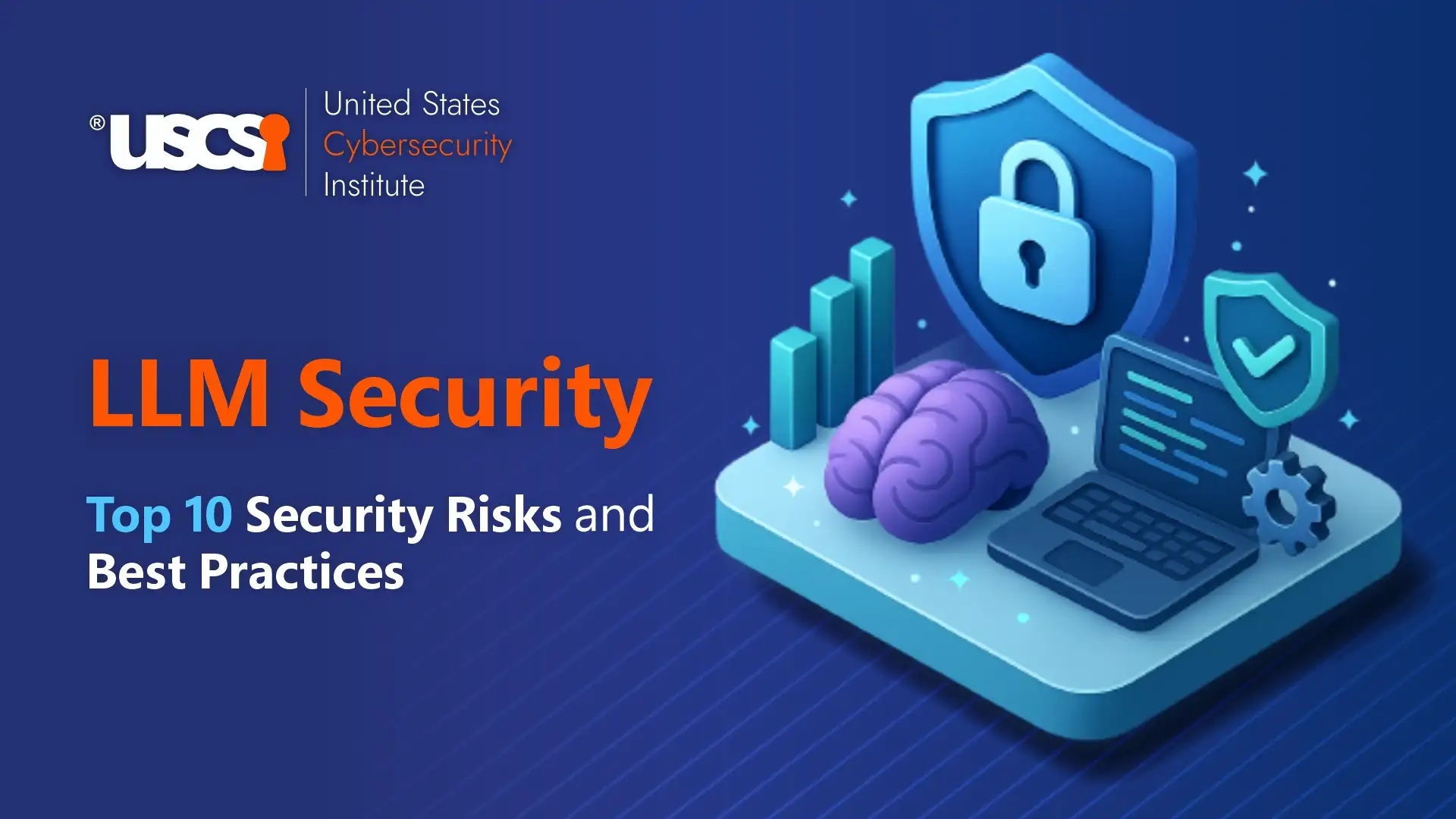

AI Maturity Model for Cybersecurity: Stages, Benefits & Impacts 2026
It is no surprise that Artificial Intelligence (AI) has become the new power fueling cybersecurity these days. From identifying sophisticated threats to taking automated action, AI has emerged as a potent tool of defense. But as companies eagerly embrace AI, one challenge is becoming dangerous: How mature is your cybersecurity system for applying AI responsibly, securely, and effectively?
Did you know the AI in cybersecurity global market is projected to reach USD 234.64 billion in 2032, which was only USD 34.10 billion in 2025? (Fortune Business Insights 2025)
This is why the AI Maturity Model for Cybersecurity was developed. Organizations can get the advantages of AI adoption in cybersecurity, for better cyber defense, faster attack responses, and determine what is required to achieve resilient intelligent defense.
What is an AI Maturity Model?
The AI Maturity Model is the system for determining how well and responsibly you’re using AI in your cybersecurity workflows.
The AI Maturity Model for Cybersecurity describes five stages of AI evolution, from manual operations to complete AI autonomy. It’s not a matter of how much AI you possess but rather how well it contributes to your cyber resilience, threat detection speed, and risk control.
5 Stages of the AI Maturity Model for Cybersecurity
Today, organizations are moving towards better security options, and as per McKinsey, more than 90 percent of artificial intelligence offerings in cybersecurity are mostly delivered by third-party providers, allowing organizations to find more efficient ways of detecting and mitigating security threats as they replace their current cyber defense stack.
Given below are the 5 major stages of the AI maturity model in cybersecurity on how organizations can leverage AI directly for better cyber defense operations in 2026 and beyond.

Benefits of the AI Maturity Model in Cybersecurity
The AI Maturity Model for Cybersecurity is more than just a scorecard—it’s a strategic compass that enables organizations to make risk-aware, data-driven decisions regarding how and where to deploy AI.
Here’s how it plays a key role in modern cyber defense:
-
Building AI Readiness and Awareness
It enables executives to evaluate where their organization stands today in the adoption of AI for cybersecurity. Whether you have manual oversight or AI agents for automated detection, an understanding of where your organization stands can inform investment and training choices.
-
Strengthening AI Security Governance
This way, by adding technical maturity to governance maturity, we can ensure that AI is being operated more safely, with clear rules in place and proper accountability with human oversight.
-
Enhancing Operational Resilience
For more mature organizations, AI can automatically identify attacks and stop or remediate them at machine speed – often faster than human analysts – to reduce downtime and the loss of data.
-
Preventing AI Misuse and Vulnerabilities
The paradigm promotes early defense against immediate hacking, data poisoning, and vibe hacking – threats unique to AI for language models and automation.
At its core, this model transforms AI adoption in cybersecurity in 2026 from a buzzword into an objective, guided, and verifiable path to intelligent defense.
Why AI Maturity Matters for Cyber Defense in 2026 and Beyond?
Cyberattacks have changed — and so must defenses. Adversaries have moved to LLMs, AI agents, and automated exploit kits to perform attacks at the speed of machines. Threats of organizations that implement AI reactively (not with maturity planning) include the following:
- Unchecked automation errors
- Inconsistent model behavior
- Opaque decision-making in AI.
- Attack by the manipulation of automated AI responses. (prompt injection/ prompt hacking)
The AI Maturity Model addresses these challenges in a framework to be managed. It helps cybersecurity specialists:
- Infuse AI with ethical and responsible controls.
- Make progress step by step—from supervised automation to unsupervised AI response.
- Retain robust human-AI collaboration at all levels.
This isn’t about charging toward autonomy — it’s about responsible AI usage with the perfect collaboration of human and AI for resilient cyber defence operations in 2026 and beyond.
AI Maturity Model’s Impact on SOC and Risk Management
The Cybersecurity Foundation™ AI Maturity Model fundamentally changes the way Security Operations Center (SOC) and risk management teams work.
In the early stages of maturity, analysts will manually react to each and every alert. With the advancement of AI maturity, smart cybersecurity tools such as anomaly detection systems and AI-trained threat intelligence automate much of this triage and investigation.
As AI maturity goes up, AI collaboration massively alters the SOC — threat detection is done by AI, lateral movement is detected by it, and we even predict potential breaches with behavioral learning.
When an organization goes through full AI delegation, the SOC gets to be autonomous and accountable, where its AI helps in faster response actions, and humans define compliance, ethics, and trust boundaries.
The model is useful to organizations in risk management to:
- Anticipatory vulnerability management with AI.
- You will support continuous compliance with frameworks such as NIST AI RMF and Google Secure AI Framework (SAIF).
- Automate patch management, response processes, and reporting.
- As a system matures, its risk control moves from being reactive patching to being predictive, self-healing defense.
AI Security Playbook Complements the AI Maturity Model
USCSI ® AI Security Playbook for Resilient Organizations, written with well-researched content on the AI maturity model and how it helps manage and automate cybersecurity defences and operations.
The major insights you will get by downloading the USCSI ® AI Security Playbook for Resilient Organizations:
- AI Security: Leveraging AI in cybersecurity for better detection & responses.
- Security of AI: Keeping the AI models, data, and algorithms secure from cyberattacks.
It also prioritizes cybersecurity upskilling initiatives, AI risk assessments, and ethical AI audits – concrete steps for organizations to take as they grow along the AI maturity model’s stages of responsible AI usage for cybersecurity.
You can explore USCSI ® Cybersecurity Training Programs (self-paced/instructor-led, vendor/industry neutral) if you are planning to get certified in cybersecurity by a globally recognized organization for cybersecurity upskilling.
The AI Maturity Model and the USCSI ® Playbook together establish a complete lifecycle roadmap—from AI readiness to AI resilience. It's high time to strengthen your AI maturity today — because tomorrow’s cyber defense depends on it!




